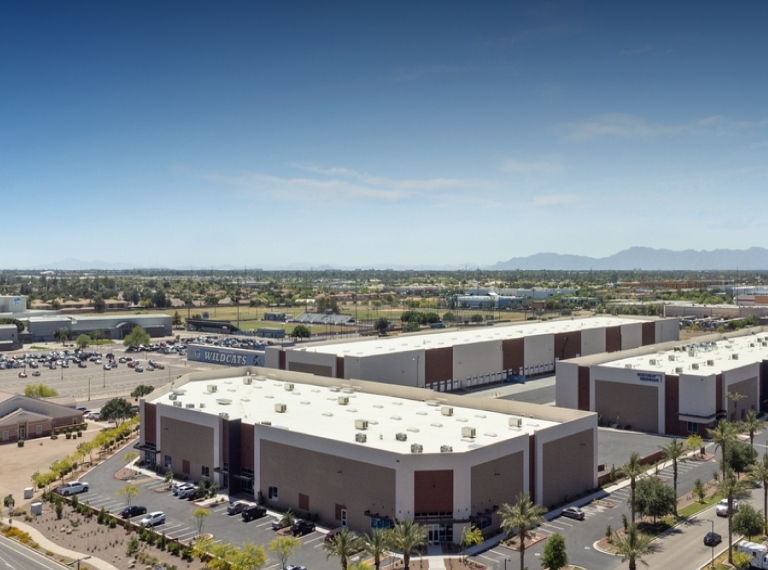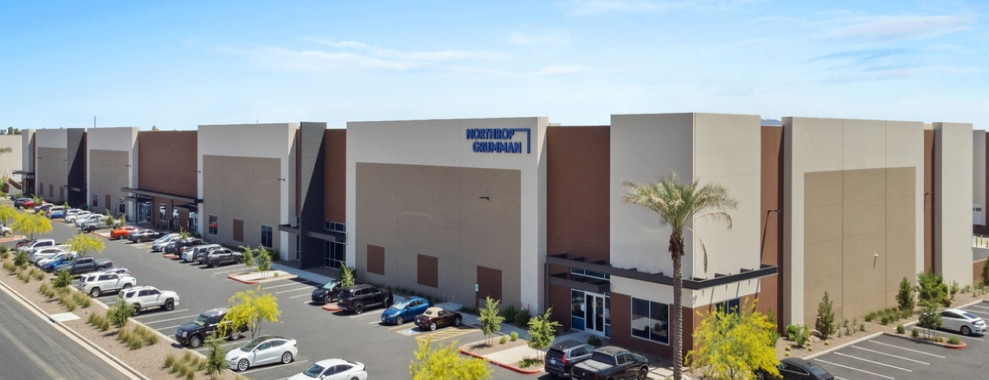More information on how we are building a more resilient business is available in the Places to Thrive section of our 2024 Responsible Investments Report.
Resilient
Places to Thrive
As we grow as an organization, we remain agile, constantly striving to learn, develop, and adapt our operations within our risk management framework to build resilience. This includes evolving our Responsible Investments strategy to embrace our growth and adapt to new technologies, regulations, and stakeholder demands.

Risk Management
As risk profiles shift, we assess volatility across markets and geographies. This includes monitoring changing weather patterns and regulatory compliance requirements. These considerations make up part of the wide array of different risk categories monitored by our teams. Our risk management practices also look internally, ensuring the rights of workers are being upheld and our operations are free from bribery and corruption.

Adhering to Building Performance Standards
Building Performance Standards (BPS) are designed to reduce the carbon impact of the built environment. These outcome-based regulations are responsible for setting energy use and greenhouse gas (GHG) reduction targets for existing buildings.
We manage our BPS framework through a four-step process of identify, evaluate, plan, and implement to ensure we maintain compliance and cost-efficiency across our business.

Resilience Risk Assessments
Understanding and preparing for climate-related risk is critical to ensuring safe and sustainable communities. We conduct regular resiliency assessments across our portfolio to identify potential vulnerabilities related to physical, social, and transitional climate hazards that have the potential to impact our properties and their occupants.

Responsible Investments Due Diligence for New Acquisitions
We conduct due diligence on potential new assets using a detailed checklist that covers sustainability-related factors. Our due diligence consulting engineers conduct on-site inspections and then use the criteria to record and review the sustainability characteristics of the asset, along with a review of both physical climate and transition risks.
Several factors are considered, including walk and transit scores, HVAC system characteristics, ENERGY STAR-certified appliances, plumbing fixtures and irrigation systems, and types of light fixtures and lighting controls. The resulting reports provide actionable insights for our teams regarding the necessary conservation measures and capital expenditures required to bring the sustainability performance of the properties up to standard. These findings are incorporated into our underwriting and reviewed by our Investment Committee.





